I remember when I was a child, whenever I heard someone calling each other to “Go to Hon Da Bac” during holidays and Tet, I wondered about the name Da Bac. I asked but my mother could not answer, because she had never set foot on Hon Da Bac even though it was only 40km away from my house. She also did not let me follow my brothers and sisters in the neighborhood to visit Da Bac. At that time, the main means of transportation to Da Bac was to rent a ferry or drive a boat yourself, or to rent a “four-wheeled vehicle” but that was rare. The river was dangerous, and I did not know how to swim, so my mother said “it’s better to stay home”.
 The path on Silver Rock in the afternoon sun
The path on Silver Rock in the afternoon sun
Much later, when my mother felt comfortable letting me go on long trips alone, I occasionally visited Da Bac - a small island cluster located on the southwest coast of Vietnam. Hon Da Bac is located in Khanh Binh Tay island commune, Tran Van Thoi district, Ca Mau province (about 50km from Ca Mau city). The trips were both to admire the southwest sea, located within the territory of my hometown, and to find the answer to my old question about the name "Hon Da Bac".
There are many explanations for that colorful name. Some people believe that when sunlight shines on the large and small pieces of granite on the island, the stone sparkles with a beautiful silver color; others choose to explain it with a legend associated with the formation of the land, people and cultural beauty of the last country on the geographical map;...
In search of the lullaby of the sea
Having seen the sea and mountains from many angles: on the plane, on the Thong Nhat train, on the bus running on Highway 1, my feet even touched the soft sand of the deep blue Central sea or the charming Vung Tau sea in the Southeast region,... but when returning to my homeland's sea, I see the Southwest coast has a completely different beauty, like a gentle young girl stretching out into the Gulf of Thailand.
Only then did I realize that my hometown also had a sea, not just a river delta or a dense forest where bees were always buzzing to make their nests. The Southwestern sea water was not as blue as the Central sea, nor did it have white sand or bright yellow sunlight. The sea wore a dark, murky coat of alluvium, and the silvery color of the midday sun shone down, making the thousands of waves sparkle.
At the river mouths that flow into the sea, ships are anchored in droves, the ships are painted green, red, yellow,... all kinds, at the bow of the ship there are sparkling eyes to "see the road". On the deck of the ship is planted the red flag with a yellow star - the sacred symbol of the Fatherland of Vietnam that any ship wants to mark its sovereignty by that way.
My journey to find the lullaby of the sea was not planned in advance. It was simply “go when you feel like it”, “idleness breeds recklessness” as the youth say nowadays. We started from Khai Hoang bridge (a massive bridge across Cai Tau river), went straight to the southwest to reach the estuary, turned left and went about 15km on the coastal road to reach Hon Da Bac. Over the past 4 years, in my eyes, Hon Da Bac has become much more beautiful.
People who often go to the sea like me find something strange in this land to explore , and those who come to the sea for the first time find everything strange, everything interesting, worth taking souvenir photos. The moment sitting on the tram from the mainland, following the nearly 500m long bridge across the sea to the cluster of Hon Da Bac, Hon Ong Ngo, Hon Trui is so beautiful, so immense! Sitting behind me, Thu hummed a few lines from the poem of poetess Xuan Quynh. I also sang along: "Only the boat understands. How immense the sea is. Only the sea knows. Where the boat goes, where it returns...".
"The sun sets on the sea like a ball of fire"...
The rocky outcrops jutting out into the sea, the waves lazily lapping. The afternoon wind was gentle. The sea was calm. In the distance, fishing boats drifted slowly, seemingly motionless in the middle of the sea and sky. A wonderful scene that originated from the life of labor. I understood that behind the beauty of the natural picture, of the boat drifting in the falling afternoon light, was the burden of making a living, the worries about food and clothing, the hardships and difficulties of the people of this land.
They have to sacrifice everything, regardless of danger, to have food and happiness for themselves and their families. I felt a little sad. Standing on the cliff, looking at the sea and sky in the distance, I wondered what it would be like if I left the city to live here. It would probably be boring and stagnant. Because I am still young, still healthy, and have a long dream, I temporarily put aside the matter of being in harmony with nature to live a peaceful and carefree life.

Sunset on the Southwest Sea
Back to the sea, the sunset was falling. The red sun like the yolk of a chicken egg was moving gradually, about to sink into the sea. I have watched the sunrise or sunset on the sea many times but I have never seen the sun sink into the deep sea in the coastal areas of the Central region.
Only when I returned to my hometown - the Southwest sea, did I see the sun set, slowly, leisurely. The sky and the sea were now dyed a deep red. The horizon gradually blurred, seemingly disappearing. The sky and the sea were in harmony. I wished it would set quickly to ease my impatience. I thought it would be slow, but just a moment later, when I turned to talk about Ong Ngo island, the sun had already sunk into the sea. I was surprised and then regretful. There are moments in life that seem slow but in reality are fleeting. Like youth, adolescence...
A truly beautiful experience in the southwestern sea of the Fatherland. Come to see how beautiful your homeland is, how rich your sea is, each sea has its own color and beauty. And to understand more about the lives of the poor fishermen, who have to struggle to make a living./.
Hoang Khanh Duy
Source


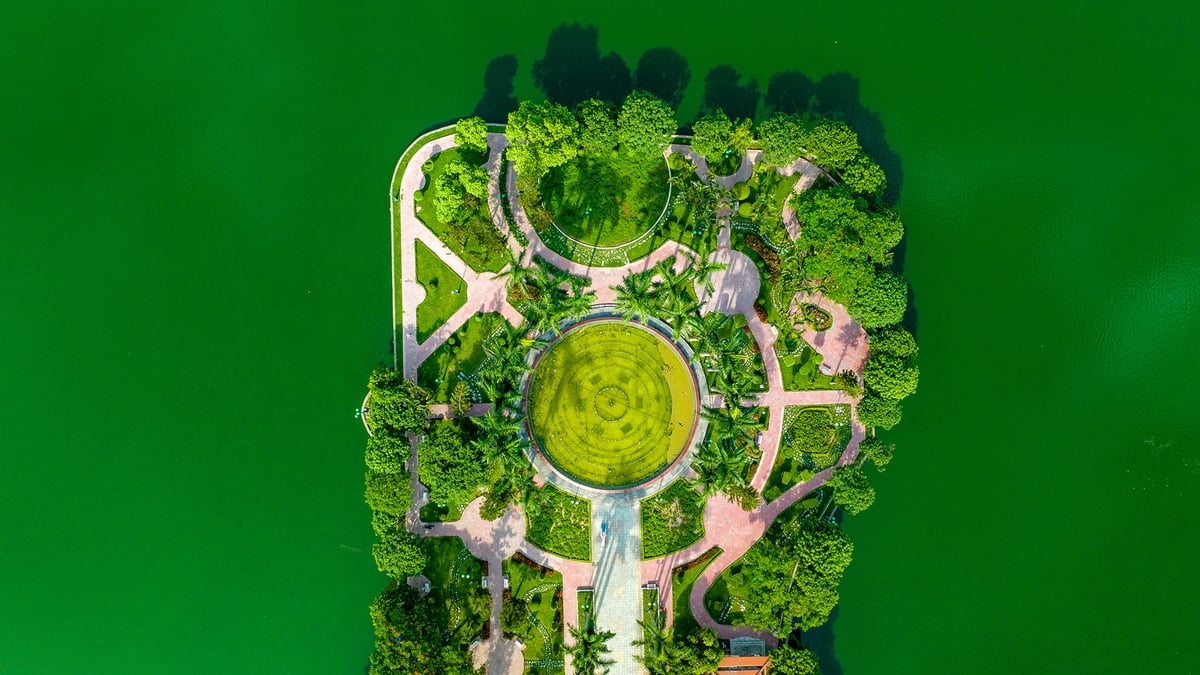


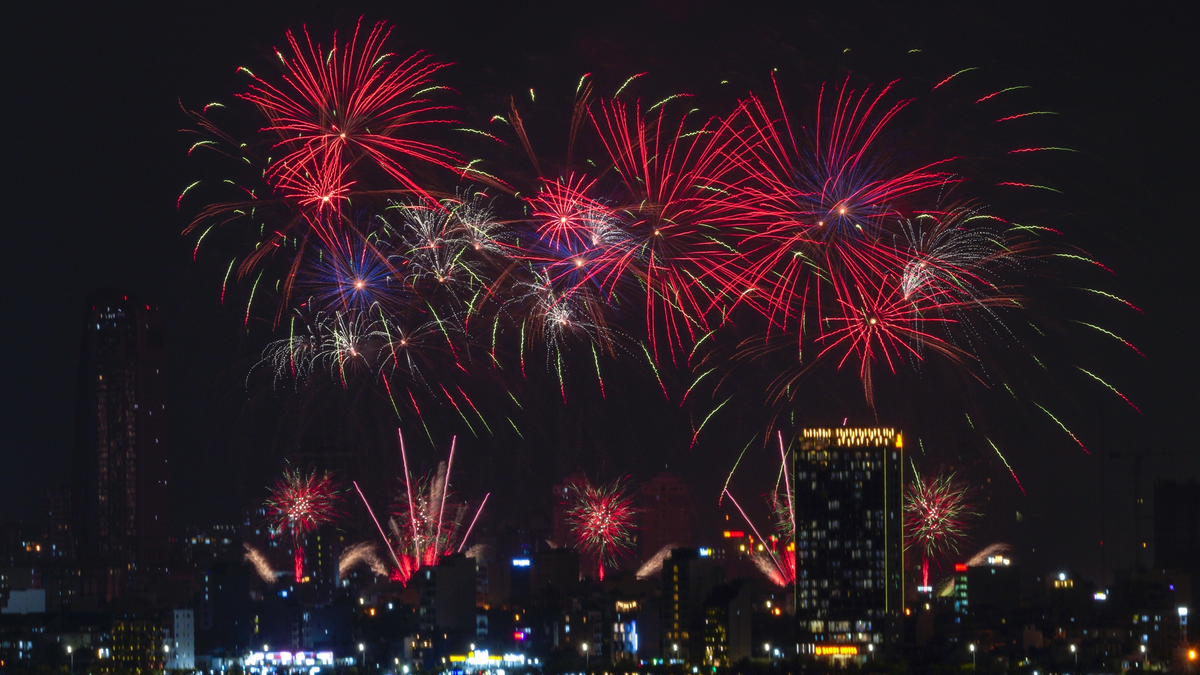





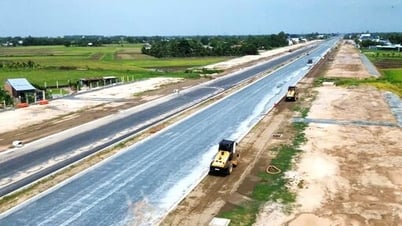
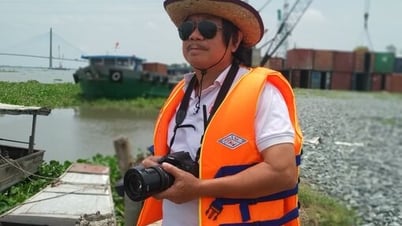

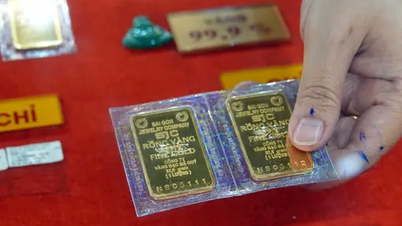








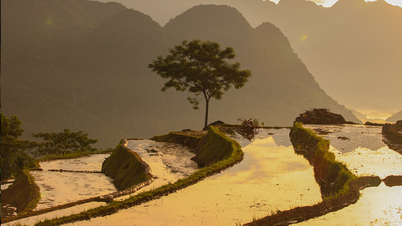














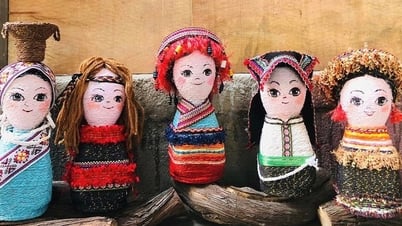






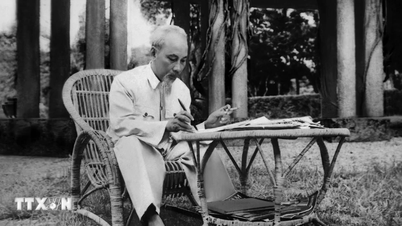


![[Maritime News] Wan Hai Lines invests $150 million to buy 48,000 containers](https://vphoto.vietnam.vn/thumb/402x226/vietnam/resource/IMAGE/2025/6/20/c945a62aff624b4bb5c25e67e9bcc1cb)














![[Infographic] Party Committee of the Ministry of Culture, Sports and Tourism: Marks of the 2020 - 2025 term](https://vphoto.vietnam.vn/thumb/402x226/vietnam/resource/IMAGE/2025/6/22/058c9f95a9a54fcab13153cddc34435e)

























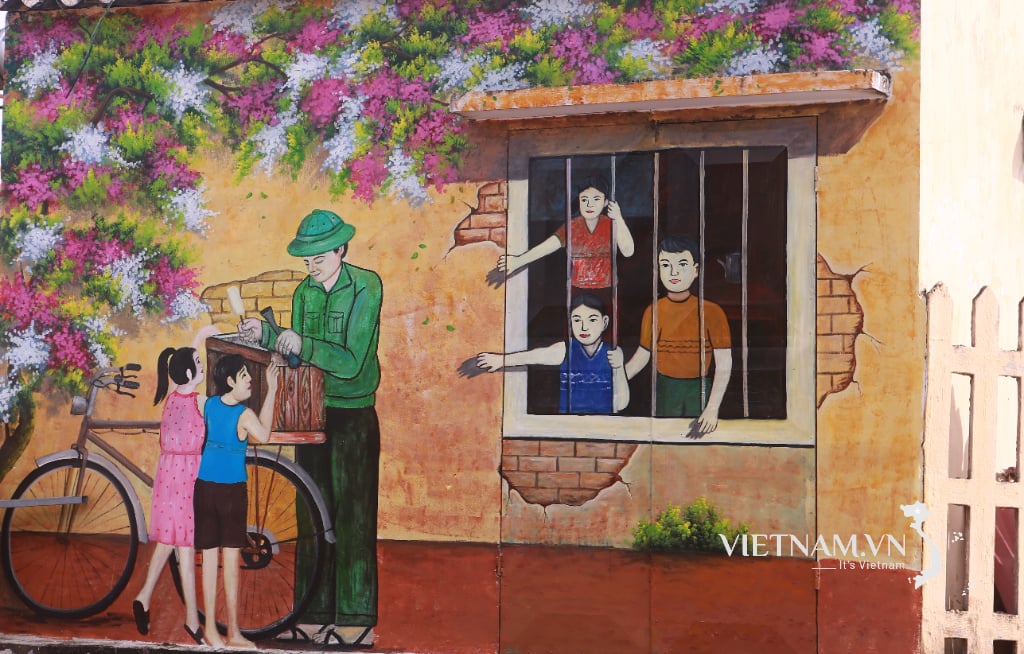
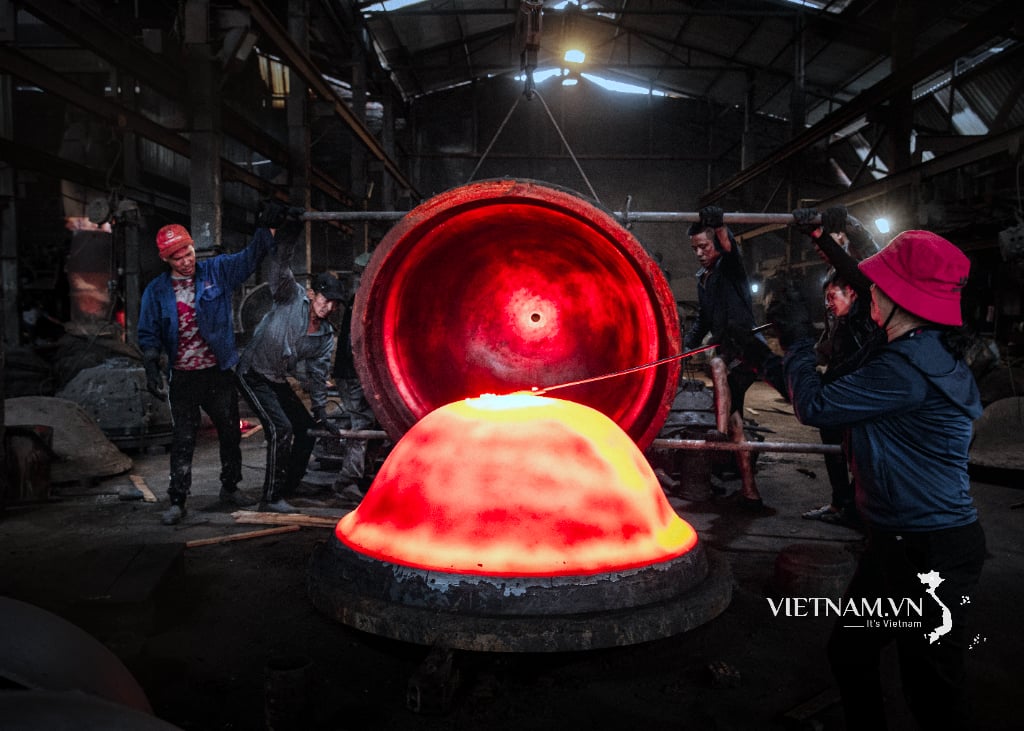

Comment (0)